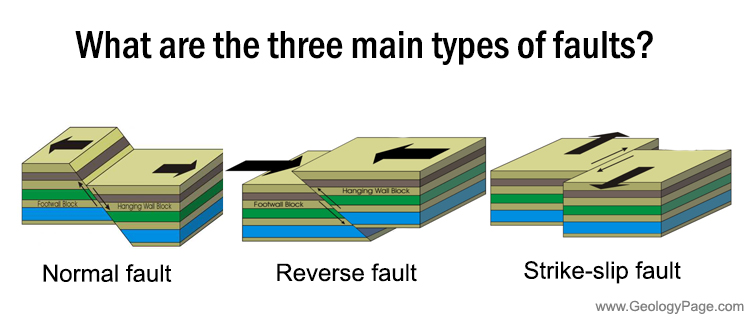There are no items in your cart
Add More
Add More
| Item Details | Price | ||
|---|---|---|---|
Question 1 (a) What is rock deformation?
Answer: Rock deformation refers to the process involving the alteration of the original shape, size, or volume of a rock mass. This happens when rocks experience stress exceeding their internal strength, causing displacement of points within the rock relative to each other or an external reference frame. It typically occurs due to tectonic activities, gravity, temperature variations, or confining pressures within the Earth's crust.
Answer: Rock deformation includes several fundamental types:
| Anticline | Syncline |
| Convex upward arch-like folds. | Concave upward trough-like folds. |
| Older rocks at center. | Younger rocks at center. |
| Limbs dip away from fold axis. | Limbs dip toward fold axis. |
| Plunging Folds | Non-Plunging Folds |
| Fold axis inclined at an angle to horizontal. | Fold axis nearly horizontal. |
| Produces V-shaped outcrop patterns. | Produces parallel, linear outcrop patterns. |
| Domes | Basins |
| Anticlinal structures dipping outward. | Synclinal structures dipping inward. |
| Oldest rocks at center. | Youngest rocks at center. |
| Suitable for oil/gas traps. | Suitable for groundwater accumulation. |
| Brittle | Ductile |
| Rock fractures or breaks. | Rock bends or flows without fracturing. |
| Low temperature & confining pressure. | High temperature & confining pressure. |
| Sudden release of energy. | Slow deformation over time. |
The primary parts of a fold are:


| Criteria | Explanation |
| Dip-slip vs Strike-slip: | Dip-slip involves vertical displacement; strike-slip involves horizontal displacement. |
| Normal vs Reverse: | Normal: hanging wall moves down; Reverse: hanging wall moves up. |
| Thrust vs Overthrust: | Thrust faults dip <45°; Overthrust faults dip <10°. |
| Primary vs Secondary Joints: | Primary forms during rock formation; secondary forms post-formation due to tectonic stresses. |
"Lorem Ipsum has been the industry's standard dummy text ever since the 1500s." — James Chapman
Lorem Ipsum is simply dummy text of the printing and typesetting industry. Lorem Ipsum has been the industry's standard dummy text ever since the 1500s, when an unknown printer took a galley of type and scrambled it to make a type specimen book. Lorem ipsum dolor amet, consectetur adipiscing elit.
Lorem Ipsum is simply dummy text of the printing and typesetting industry. Lorem Ipsum has been the industry's standard dummy text ever since the 1500s, when an unknown printer took a galley of type and scrambled it to make a type specimen book.

OME
A California-based travel writer, lover of food, oceans, and nature.